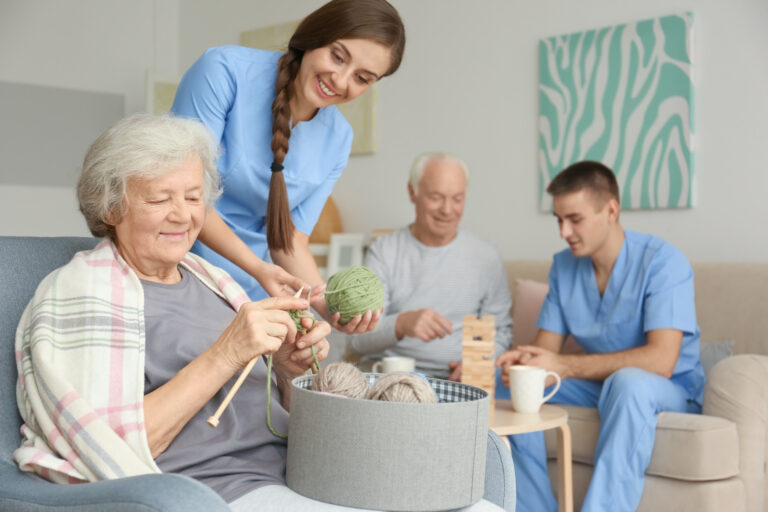Alzheimer’s disease is a progressive brain disorder that affects millions of people, causing memory loss, confusion, and difficulty with daily tasks. As the disease progresses, it can become challenging for individuals to perform even simple tasks like buttoning a shirt or jacket. This is where a button hook can be a valuable tool in assisting someone with Alzheimer’s.
A button hook is a small device that can be used to help pull buttons through buttonholes, and it can be very useful in assisting individuals with limited dexterity or cognitive decline. Here are some steps to follow to help someone with Alzheimer’s use a button hook:
Step 1: Understand the person’s needs and abilities
The first step in assisting someone with Alzheimer’s to use a button hook is to understand their individual needs and abilities. Every person with Alzheimer’s is different, and the level of assistance they require may vary. It is essential to communicate with them and understand their specific challenges and limitations. This will also help you determine the best approach to help them use the button hook.
Step 2: Choose the right button hook
There are different types of button hooks available in the market. Some have large handles for individuals with limited grip strength, while others have a long handle for those who have trouble reaching their buttons. It is essential to select the right type of button hook that will be most comfortable and efficient for the person you are helping.
Step 3: Demonstrate and explain the purpose
Before starting to assist with using the button hook, it is crucial to demonstrate and explain its purpose to the person. This will help them understand how the tool works and what it is meant to do. You can show them by using your own shirt or jacket and explain how the button hook can make the task easier for them.
Step 4: Help them get comfortable
For someone with Alzheimer’s, it can be challenging to sit still or hold their hands steady. It is essential to help them get comfortable before starting the task. Guide them to sit in a chair or on a bed and provide a comfortable and secure position for them to rest their hands.
Step 5: Start with the top button and work your way down
Using the button hook, start by inserting the hook into the buttonhole, then gently pull it through. It is best to start with the top button and work your way down to make sure the garment stays aligned while buttoning. You can also provide verbal cues, such as “pull through” or “push down,” to help guide them through the process.
Step 6: Use a repetitive motion
Repetition can be beneficial for individuals with Alzheimer’s as it can help them remember and learn new tasks. Using a button hook requires a repetitive motion of inserting the hook into the buttonhole and pulling it through. Encourage the person to try it on their own while providing guidance and support when needed.
Step 7: Be patient and understanding
It is crucial to be patient and understanding when assisting someone with Alzheimer’s to use a button hook. It may take them some time to get the hang of it, and they may need extra assistance or reminders. Try to remain calm and positive, providing reassurance and encouragement throughout the process.
Step 8: Praise their efforts
As they practice using the button hook, make sure to praise their efforts and celebrate their successes. Positive reinforcement can go a long way in boosting their confidence and encouraging them to continue practicing this new skill.
In conclusion, using a button hook can be an invaluable tool in helping someone with Alzheimer’s perform daily tasks independently. By understanding their needs, choosing the right button hook, and providing patience and support, you can help make this task more manageable for them. With practice and encouragement, using a button hook can empower individuals with Alzheimer’s and enhance their sense of independence and self-esteem.





